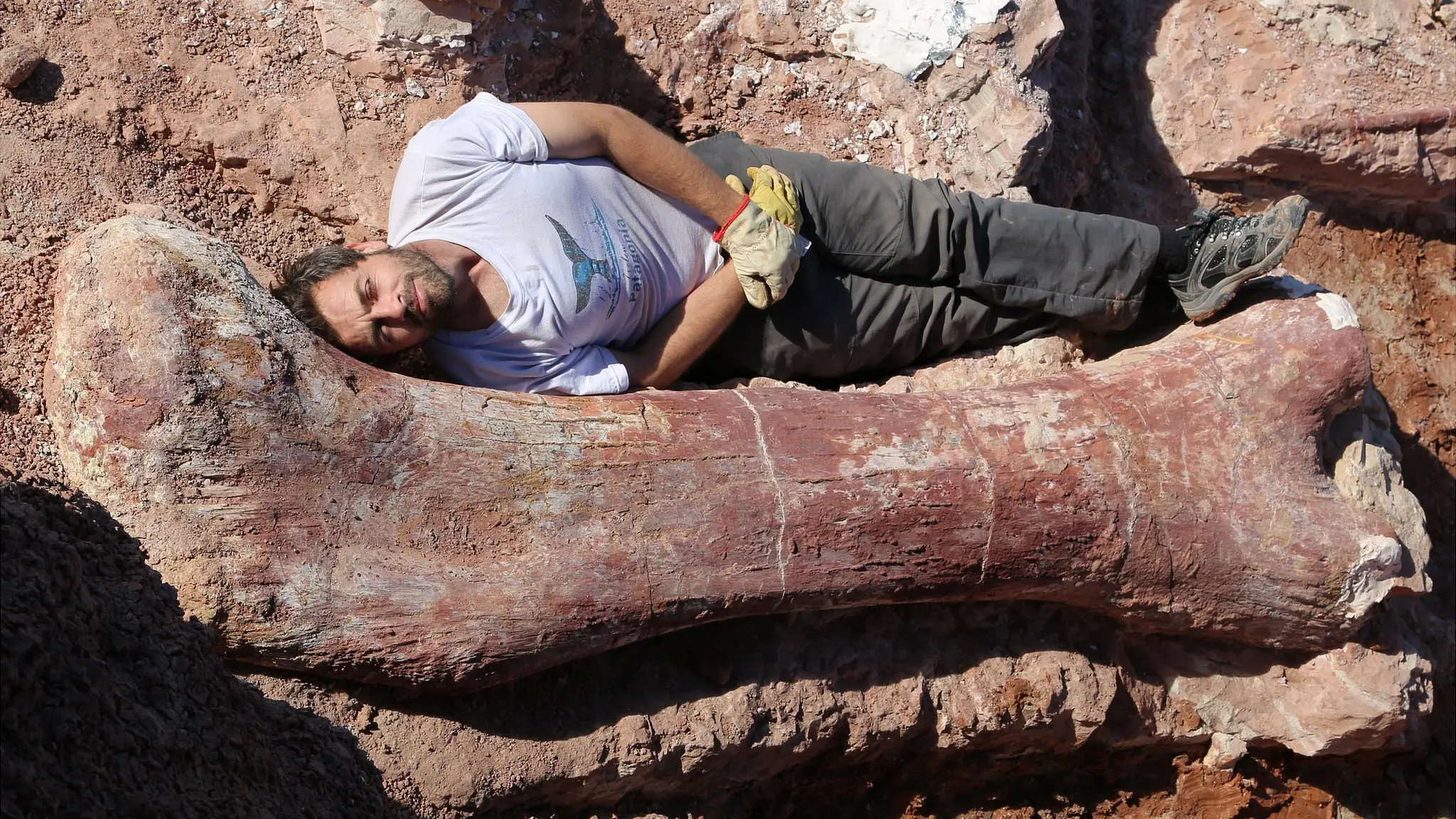
Alfred Wegener: The Scientist Who Was Laughed at in 1912—But Changed Earth Science Forever
Alfred Wegener: The Scientist Who Was Laughed at in 1912—But Changed Earth Science Forever
In 1912, German scientist Alfred Wegener made a revolutionary claim that would change how we understand our planet: continents move. At the time, this idea was dismissed and even mocked by the scientific community. But decades later, Wegener's bold theory became a cornerstone of modern geology.
The Birth of Continental Drift Theory
Wegener observed a curious pattern—the coastlines of Africa and South America appeared to fit together like pieces of a puzzle. He also discovered identical fossils and rock formations on continents now separated by vast oceans. This led him to propose the theory of continental drift: the idea that all continents were once connected in a single supercontinent (Pangaea) and had slowly drifted apart over millions of years.
Why the Scientific Community Rejected Wegener
Despite compelling evidence, Wegener's theory was largely rejected during his lifetime. The reason? He couldn’t explain how the continents moved. Without a known mechanism, his idea was seen as speculation rather than science.
Wegener passed away in 1930, still believing in his theory but never seeing it accepted.
The Vindication: Plate Tectonics and Seafloor Spreading
In the 1960s, decades after Wegener’s death, new discoveries transformed geology. Ocean floor mapping and the detection of seafloor spreading provided the missing pieces. Scientists confirmed that Earth's crust is made up of tectonic plates that move over time—just as Wegener had predicted.
The once-ridiculed idea of continental drift became the widely accepted theory of plate tectonics, forever changing our understanding of Earth’s dynamic surface.
A Lasting Legacy
Alfred Wegener’s journey reminds us that scientific truth isn’t always immediately accepted. Sometimes, groundbreaking ideas need time—and new tools—to be fully understood. Wegener’s perseverance and vision paved the way for one of the most important theories in Earth science.
News in the same category


Scientists Propose Cooling Earth By Spraying 12 Million Tons Of Particles From Boeing Jets

From Recycled Materials To Viral Fame: Teen’s Diy Lamborghini Replica Turns Heads

Astronomer Rides Simulation To The Edge Of The Universe—Chasing Light From The Big Bang

Controversial Inventor’s Mysterious Death Sparks Debate Over Alternative Energy Suppression

Largest Dinosaur Ever Discovered in Argentina: New Titanosaur Fossil Unearthed

Dark Oxygen" Discovered in Pacific Ocean: A Breakthrough in Understanding Life on Earth and Beyond

NASA’s New Telescope Could Detect Alien Life In Just Hours, Scientists Say

Astronomers Trace Decade-long Mystery Radio Signals to Binary Star System 1,600 Light-Years Away

Scientists Warn: Global Warming Could Reach 7°C by 2200, Triggering Catastrophic Climate Disasters

Plastic Bag Found in Mariana Trench: A Deep Warning About Ocean Pollution

We Are Living in a Moment That No Human Before Us Has Ever Witnessed—An Actual Photograph of a Sunset on Mars

Mount Rainier’s Glacier-Capped Peak Poses Lahar Threat To Millions—Authorities On High Alert

Experts Clash Over Claims Of Vast Underground City Beneath Pyramids — Discovery Sparks Global Debate

Is Death an Illusion? Quantum Physics Offers a Surprising Perspective

7 Signs Of Intestinal Parasites Living Inside Your Body

This 4,500-Year-Old Scroll May Have the Answer to Who Built the Pyramids

The Universe Could Undergo A ‘Catastrophic Change’ That Could Alter Absolutely Everything, Quantum Machine Warns

how to eat eggs
News Post

How Sleeping on Your Left Side Can Boost Your Health, According to Science

Sleeping Naked: Surprising Health Benefits Backed by Science

Red Dots on Your Skin? Why You Shouldn’t Ignore These Early Signs of Scabies

10 Best Foods To Support Digestive and Gut Health

7 Words Depressed People Use More Often

10 Early Signs Your Body is Fighting Cancer

Shocking Discovery Beneath the Great Pyramid of Giza: Lost Advanced Technology?

Scientists Propose Cooling Earth By Spraying 12 Million Tons Of Particles From Boeing Jets

From Recycled Materials To Viral Fame: Teen’s Diy Lamborghini Replica Turns Heads

20+ Powerful Health Benefits of Corn Silk: How to Use It and Precautions to Know

The Amazing Health Benefits of Winged Beans

My MIL Mocked Me for Making My Own Wedding Cake – Then Took Credit for It in Her Speech

At My Sister's Wedding, My Son Grabbed My Hand and Whispered, 'Mom… We Need to Go. Now!' – What He Showed Me Changed Everything

I Visited My Sister, Was Shocked to See Who Her Fiancé Was, and Knew I Couldn't Let It Go That Easily

My New Neighbor Was the Perfect Man Next Door Until I Overheard His Plan Against Me

My Daughter-in-Law Threw Out Most of My Kitchen Utensils—So I Brought Her Back Down to Earth

5 Early Cancer Symptoms You Must Not Overlook

Sleeping on your left side affects your health in ways you would have never thought
